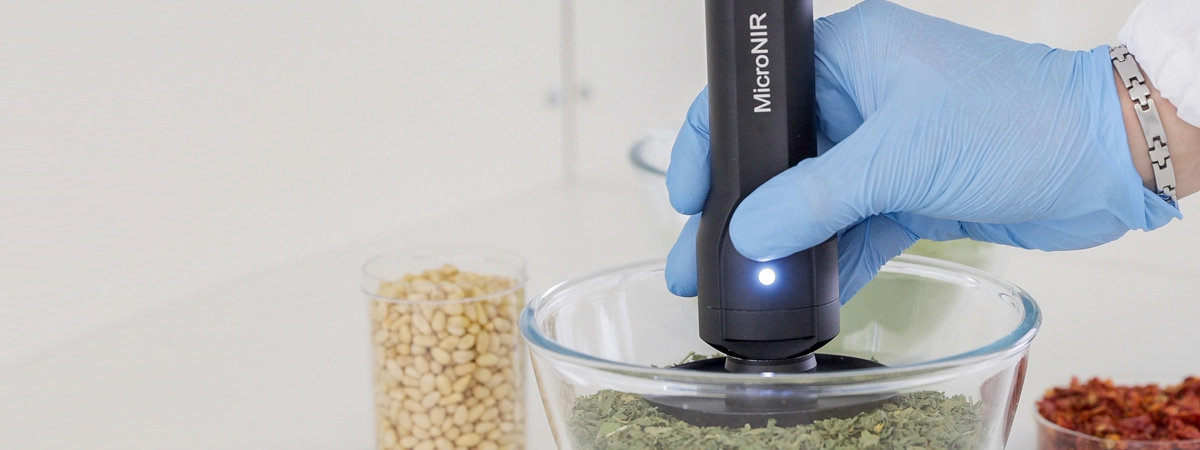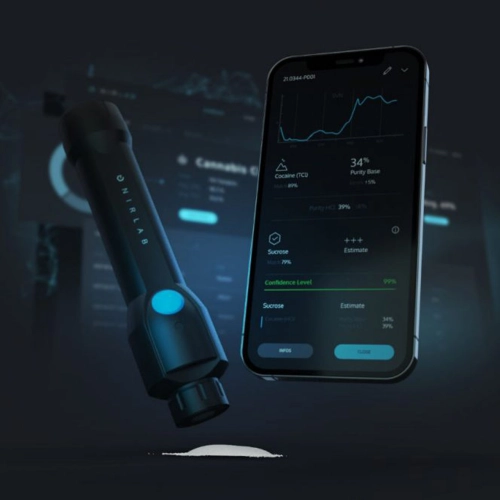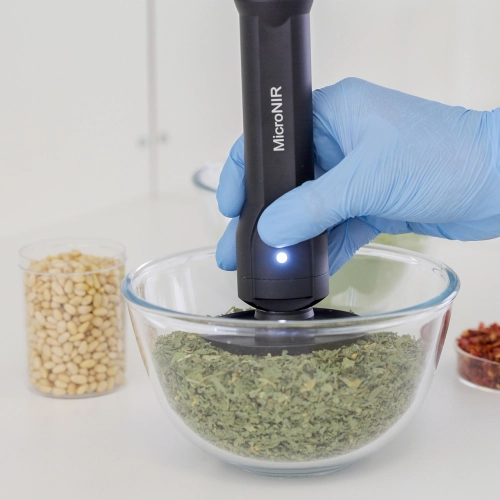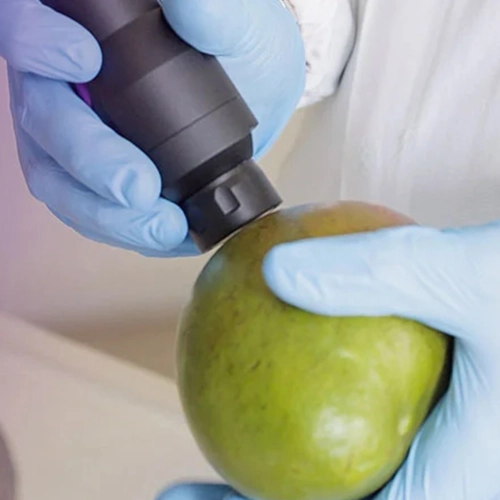Food
Quality control at all stages of the food processing cycle
NIR Sensor Solutions for Food
Now more than ever, the food products industry relies on a global supply chain. As of 2017, the USDA reports over $1.7 billion of sugar (cane and beet) and over $7 billion of vegetable oils imports annually from countries such as Brazil and Indonesia, making robust quality control critical. Today’s modern manufacturing environment requires high throughput, non-contact, non-destructive testing of a broad range of foodstuffs throughout the entire production process. Near-infrared spectroscopy (NIRS) is ideal for inspecting incoming raw materials, analyzing composition, optimizing processes, and detecting fraud. NIRS utilizes the power of low energy light to detect slight vibrations in molecules, allowing NIRS to detect parameters such as water, proteins, and fats. NIRS instruments provide the ability to perform rapid, non-destructive, on-location testing of food product composition. These instruments deliver nearly instantaneous results, with predictions that often rival the accuracy of formal, benchtop laboratory tests.
Much of the food industry still relies on some combination of visual inspection and “hold-and-release” laboratory testing. While these methods have their pros and cons, many producers now recognize the need for real-time testing at the point of use. NIRS is a perfect fit for incoming food product inspection, providing both rapid testing and chemical specificity. Eliminating the delay, effort, and expense of laboratory testing improves quality while reducing cost.
The VIAVI MicroNIR product line is designed with the needs of food producers in mind. Process instruments fill the need for high-speed, real-time monitoring of foodstuffs during production. Handheld models meet requirements for batch-level incoming material inspection and thief sampling of goods in process. These devices can rapidly measure the concentrations of additives, verify protein content, quantitate moisture, detect fraudulent foodstuffs, and even differentiate fresh from previously frozen food products. The ability to quickly monitor ratios of proteins, fats, carbohydrates, and water as confirmatory testing for food labeling during the production process can lead to higher quality outputs and reduced food waste. In addition to verifying labeling and quality standards, NIR instrumentation is also widely used as optimization tools to monitor and adjust processes in real-time, ensuring optimal product consistency with minimal waste. A classic example of a real-time test comes from the dairy industry. The United States mandates that all butter must contain at least 80% butterfat. French law requires 82% or greater butterfat, and the European Union places an upper limit on the amount of butterfat at 90%. NIRS allows producers to be fully compliant with these types of international standards while simultaneously reducing materials cost.
At VIAVI, we understand that there can be a bit of a learning curve when implementing new technologies, and the VIAVI MicroNIR Pro software was designed from the bottom up with ease of use in mind. The built-in analysis package combines a wide range of robust chemometric modeling tools with a simple workflow to make your deployment as seamless as possible. VIAVI also offers model transfer services, a detailed software development kit, and works with several cloud-mobile partners to provide turn-key solutions across various interfaces, including smartphones and tablets.
The MicroNIR line of NIRS instruments are compact, robust, and low power, allowing them to be deployed at all food processing stages. To learn more about how NIRS can improve food processing, contact your local VIAVI representative or VIAVI Customer Service directly.
Let Us Help
We’re here to help you get ahead.



